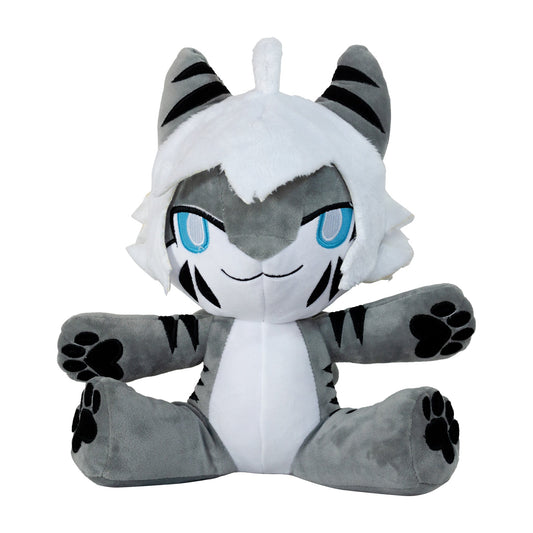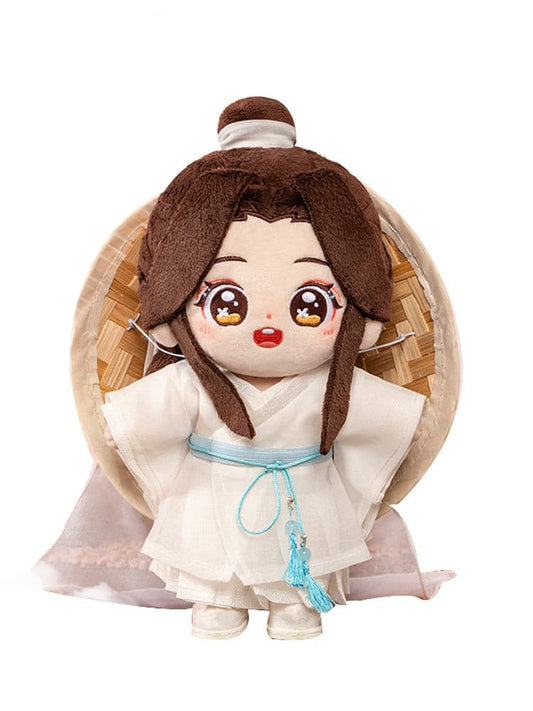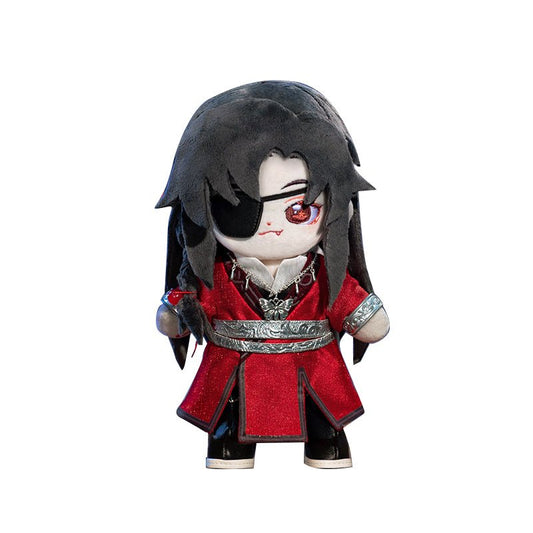A few days ago, 42Shops published an article about how one of China’s three e-commerce giants, Pinduoduo, is coming to the US market in September. We speculated that the new mega-shopping platform would sell its products for 30%-50% less than its Amazon counterpart. Today, we’re bringing you more updates on the new platform. And we stand by our previous prediction that PDD US products will be priced very cheaply.
The new mega-shopping platform, which will compete with Amazon, is called Temu. At launch, the platform includes a total of 21 first-tier categories, including CDs and vinyl records, office supplies, pet supplies, electronics, industrial and scientific, home and kitchen, home improvement, health and home furnishings, musical instruments, beauty and personal care, automotive, video games, cell phones and accessories, yard Lawn & Garden, Toys & Games, Mother & Baby, Apparel, Shoes & Boots & Jewelry Accessories, Sports & Outdoor.
Update:
- Temu was officially released in the US on September 1 and can be accessed through us.temu.com or the app store.
Pinduoduo US Temu’s unique business model
Temu is different from Amazon in a few ways.
First, Temu has no in-house products. Third-party sellers supply all products. Amazon’s products are 50% self-sourced and 50% from third-party sellers.
Second, Temu does not have a US warehouse, and all products are shipped from Guangzhou, China, with an expected delivery time of 8-15 business days. On the other hand, Amazon has warehouses throughout the US and can provide next-day service to Primer users for most products.
Third, Temu’s suppliers are different from Amazon’s third-party sellers. Amazon sellers operate under the following model.
- Purchase products
- Upload product information to Amazon and edit data such as product title, category, color, size, volume, weight, etc.
- Attract consumers to place orders through advertising and other means
- Shipping to consumers
- Sellers pay Amazon for warehousing and logistics, and ship via FBA
- Sellers ship directly through China Post, FedEx, USPS, etc.
- Provide after-sales service for consumers
The business model of Amazon’s third-party sellers is also the operating model of most third-party sellers on global e-commerce platforms, such as Walmart, Taobao, Tmall, Jingdong, etc. PDD US (Temu) is quite different. As far as we know, Temu sellers operate with the following process.
- Sellers provide rough product information in Temu
- Temu team reviews the product information provided by the seller
- If approved, Temu notifies the seller to provide a sample
- The seller sends the samples to Temu’s designated warehouse
- Temu and the seller negotiate the cost price of the product
- Seller sends the products to Temu’s designated warehouse in Guangzhou, China (at this point, the seller has done all the work)
- Temu sets the selling price of the product and officially launches the product for sale
- The customer places an order on Temu, and the day after signing, Temu pays the seller the cost price confirmed in step 5
Let’s assume there is a seller who sells jeans, and the cost of a pair of jeans is $10. Assuming he sells on Amazon, he can set the price any way he wants. The seller can select it to $20 or set it to $60. As long as he thinks his product is competitive with the price, he can set the selling price any way he wants. When it sells for $20, he has a $10 gross profit (not counting storage, logistics, labor, etc.); when it sells for $60, he has a $50 gross profit.
What about selling at Temu? Let’s say he negotiates with Temu that the product costs $12, so his gross profit is completely locked in at $2. No matter what price Temu sets for the consumer, this seller’s gross profit does not change. The difference between the sale price and the cost price becomes Temu’s profit, not the seller’s.
42Shops has learned that Temu currently values the factories that used to supply SHEIN. After the refinement of SHEIN, these manufacturers have a very mature supply mechanism to provide the platform with selections that are likely to be hot and respond quickly to supply based on sales.
Reasons why Pinduoduo US (Temu) products are sold at meager price
With the above example, we can understand why Temu products are sold cheaply in the US, which is the extreme squeeze on suppliers to get meager costs.
Suppose there are 2000 sellers in China, all selling jeans on Amazon. They will set their prices to compete based on their product characteristics and market demand. About 10% of these sellers will make a considerable profit, 20% may make a satisfactory profit, 20% will break even, and 50% will lose money.
So how will this story evolve on the Temu platform? First, the 2,000 sellers made an offer to Temu, and only about 100 got approved. These 100 sellers send samples to Temu for the second round of screening. If it’s the same product, there’s no doubt that Temu will go straight to the vendor with the lowest price. So, in the end, there are only 20 suppliers left at Temu.
These 20 suppliers had to ensure that their products were the lowest priced among all competitors because Temu knew the upstream and downstream costs of the supply chain, and they could calculate a very accurate cost price. Ultimately, a $10 pair of jeans could be supplied to Temu by a seller for $10.50, and Temu could sell them to a consumer for $12. Is that well below Amazon’s minimum $20 selling price?
Temu’s 20 suppliers must keep their prices the lowest in China from start to finish. Once a new factory comes on board and can offer a similar product at a lower price, Temu won’t hesitate to dump the higher-priced supplier. For example, when a factory can supply Temu with a product for $9.50, Temu will leave the $10 supplier.
If the final product does not sell, Temu does not lose much because Temu pays the supplier only when the product sells. If the inventory is not sold after a while, Temu may return the product to the supplier, and the supplier will ultimately bear the loss.
As a supplier, the only way to survive on Temu is to achieve the lowest cost price in China. Therefore, Temu’s suppliers are completely different from Amazon sellers. Amazon sellers need to be good at marketing, while Temu sellers are almost all real factories and must be proficient in supply chain management and product manufacturing.
The ultimate form of Pinduoduo US (Temu)
Pinduoduo’s vision is to achieve C2M (Consumer to Manufacturer), and once Temu has gathered many real consumer needs in the US, it will recruit factories in this space to supply its products. As mentioned before, these factories must be able to minimize costs. In the case of the jeans mentioned above, for example, over the course of several years, a pair of jeans that cost $10 could end up costing $5 to produce, with nothing else in between, shipped directly from the factory floor to Temu’s warehouse.
The factory’s profit on a pair of jeans is maybe $0.5, but if it sells 10 million pairs of jeans, it can make $5 million in profit. As Temu evolves, many factories will compete in fierce competition, and the few winners who survive will get all the profits from this market. While 20% of Amazon’s third-party sellers are profitable, and the remaining 80% make no money or lose money, Temu starts by shutting out 90% of them, leaving the remaining 10% of factories with a ticket. However, only 10% of the factories that get access can survive in the end, which is the cruelty of competition.
You may ask, “If Temu’s price is so low, how is the quality of the product?” Temu’s requirement for suppliers is that when consumers request a return or exchange, Temu will bear all the losses if it is not a product quality problem. Still, if it is a quality problem, the supplier will be fined five times the cost of the product. We believe that with such strict terms and conditions, the quality of the product is very much guaranteed.
The next question is, “Why is Pinduoduo going to capture the US market?” Quite simply, because the growth of all e-commerce giants in China is over. After reaching 25% of retail in recent years, e-commerce in China has almost stalled and the competition between the giants has been fierce. With 850 million people using PDD to shop each year and a total of 1.4 billion people in China, how much room for growth does Pinduoduo have?
It’s not just Pinduoduo, Alibaba launched it’s global-facing AliExpress 10 years ago (less successfully) and acquired Southeast Asian e-commerce company Lazada; Tencent invested heavily in SEA Group, the parent company of Southeast Asian e-commerce company Shopee; and Jingdong launched JD Sourcing for global users, offering Chinese sellers a Dropshipping service. In any case, the future of PDD is very promising. We believe that Temu will bring great benefits to American consumers.
Finally, 42Shops will not join Temu, as we sell personalized plush toys that do not match the everyday items that Temu primarily sells. Do you have any other questions about Temu? Please drop us a line. As always, have a happy day and happy shopping. :)





2 comments
Yep…looks like new future. Temu either air freight or does drop ship depending on item/speed. Customs are a breeze when products are temu-like.Meaning customs doesnt care about lil packets, but more on big container-size shipments of value. its like a drop in the ocean on sea or airports for these kinds of shipments. they then hire independent shippers to the client.
How does Temu ship their products from China and US, by air or ocean? How do their products go through US Custom?